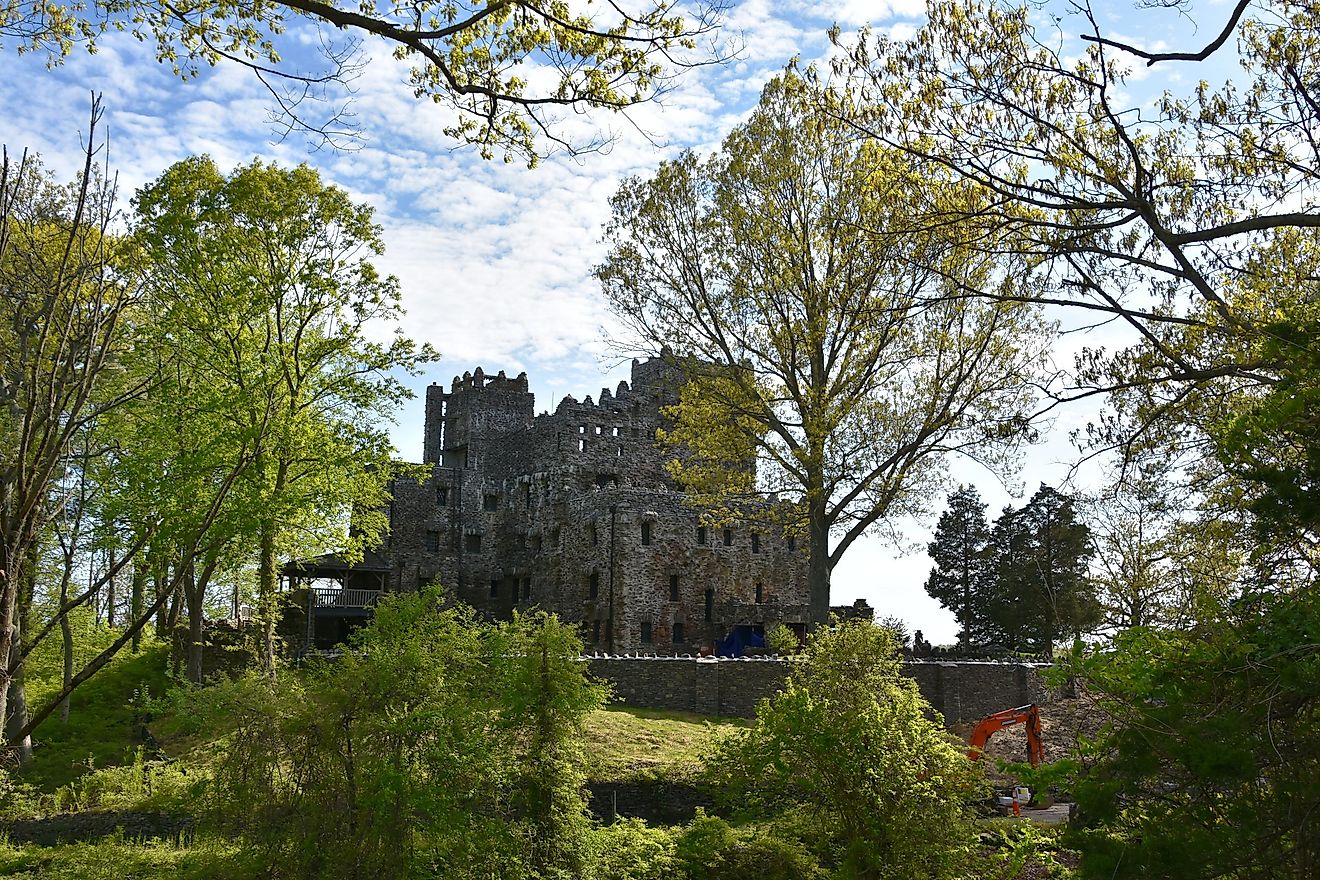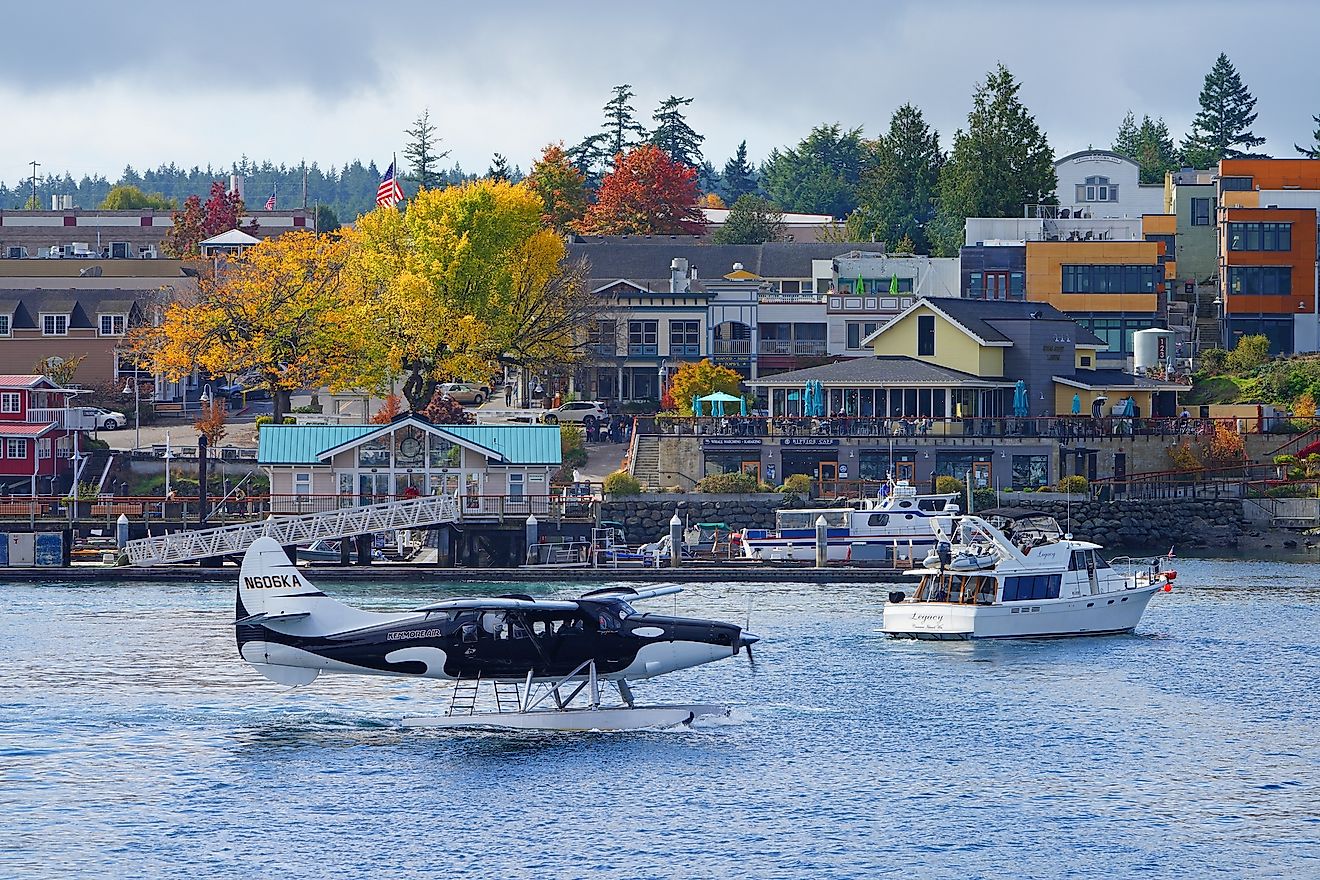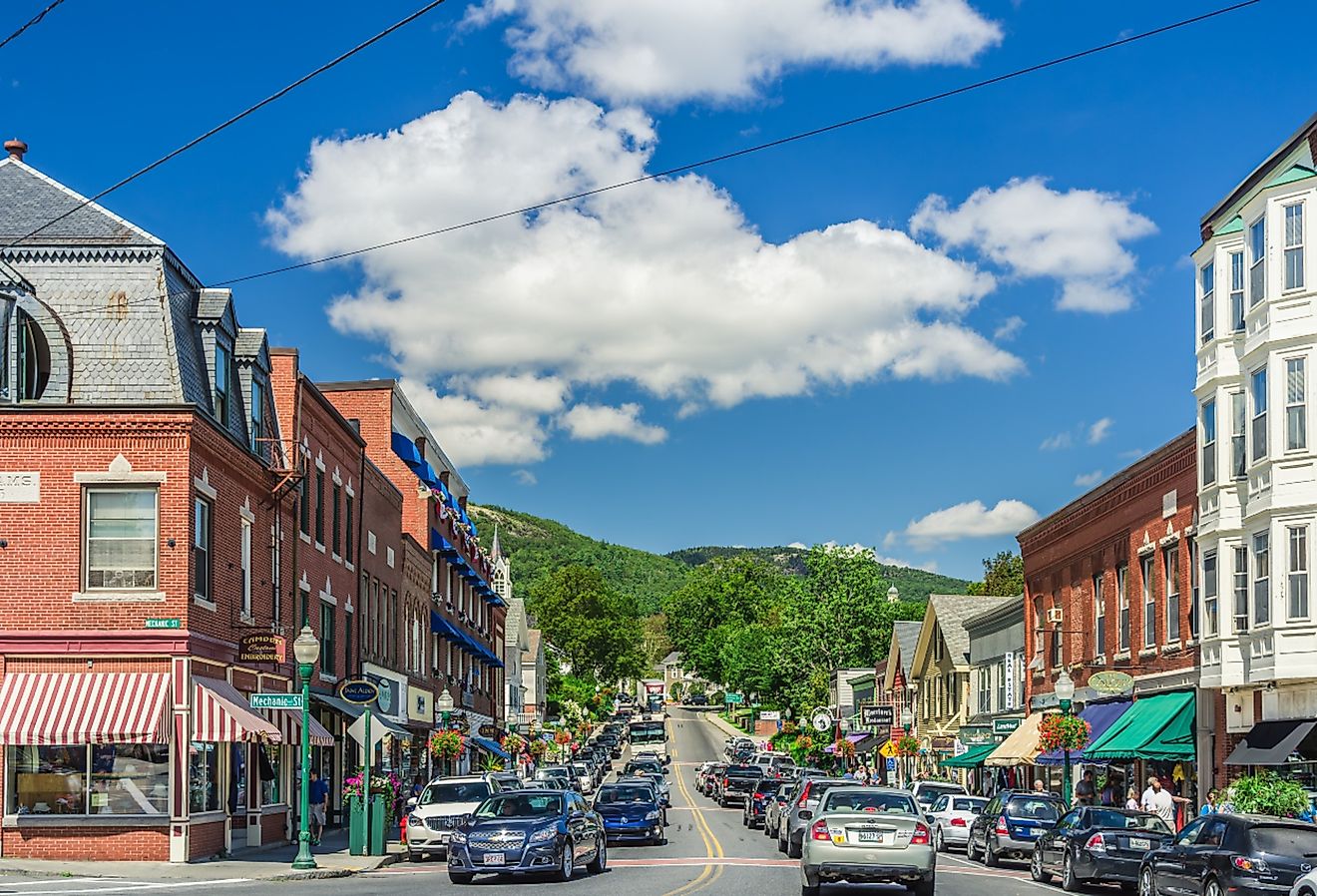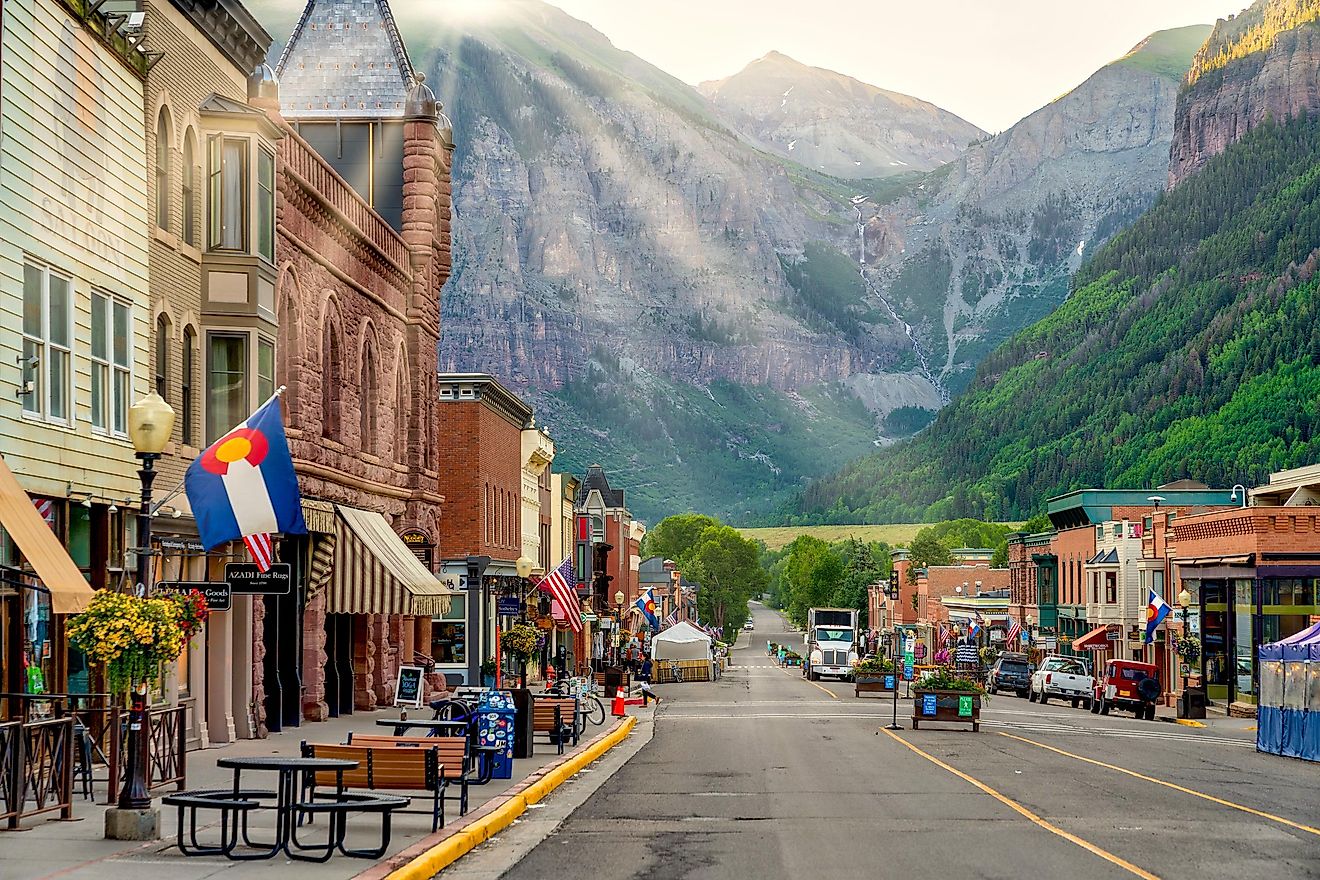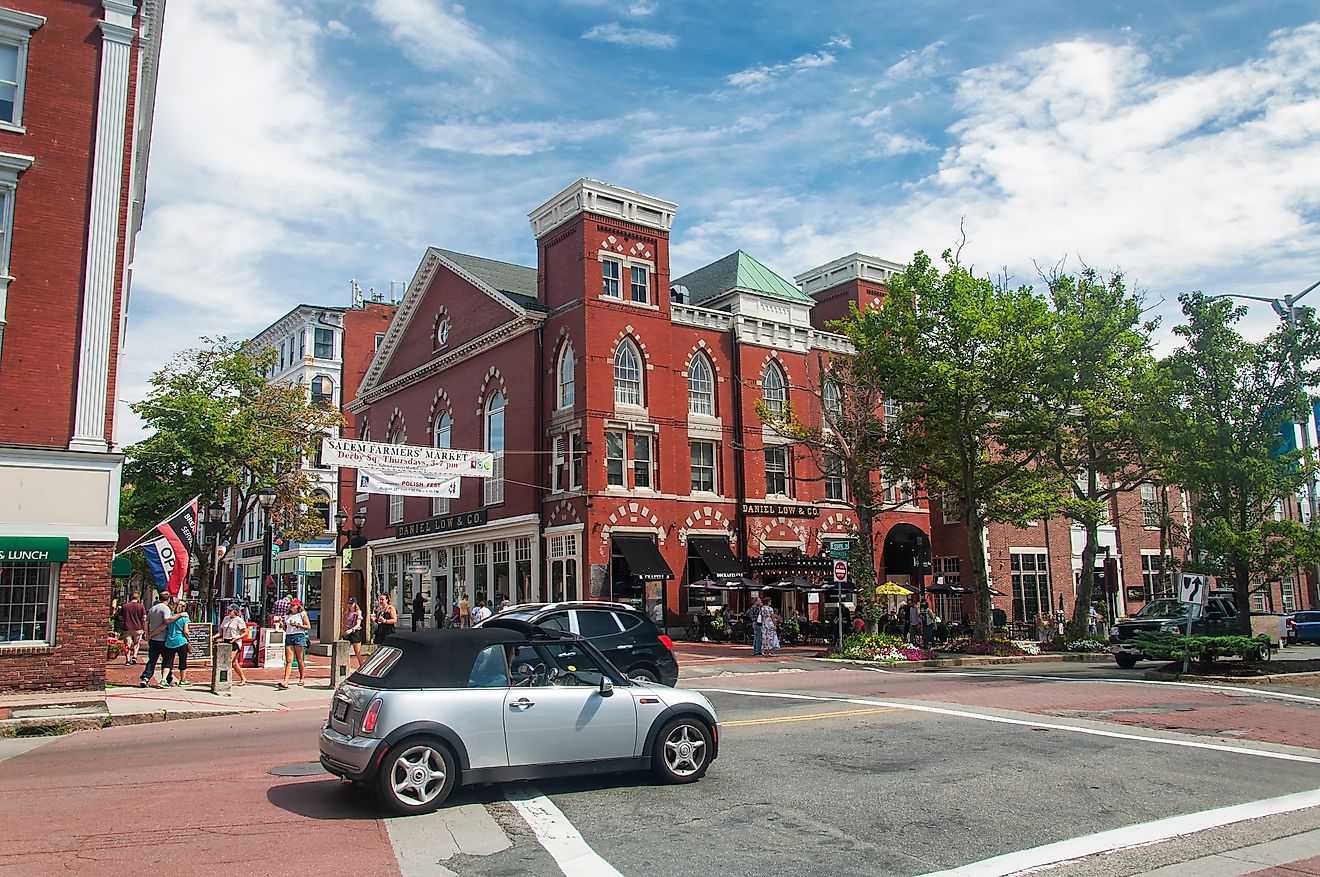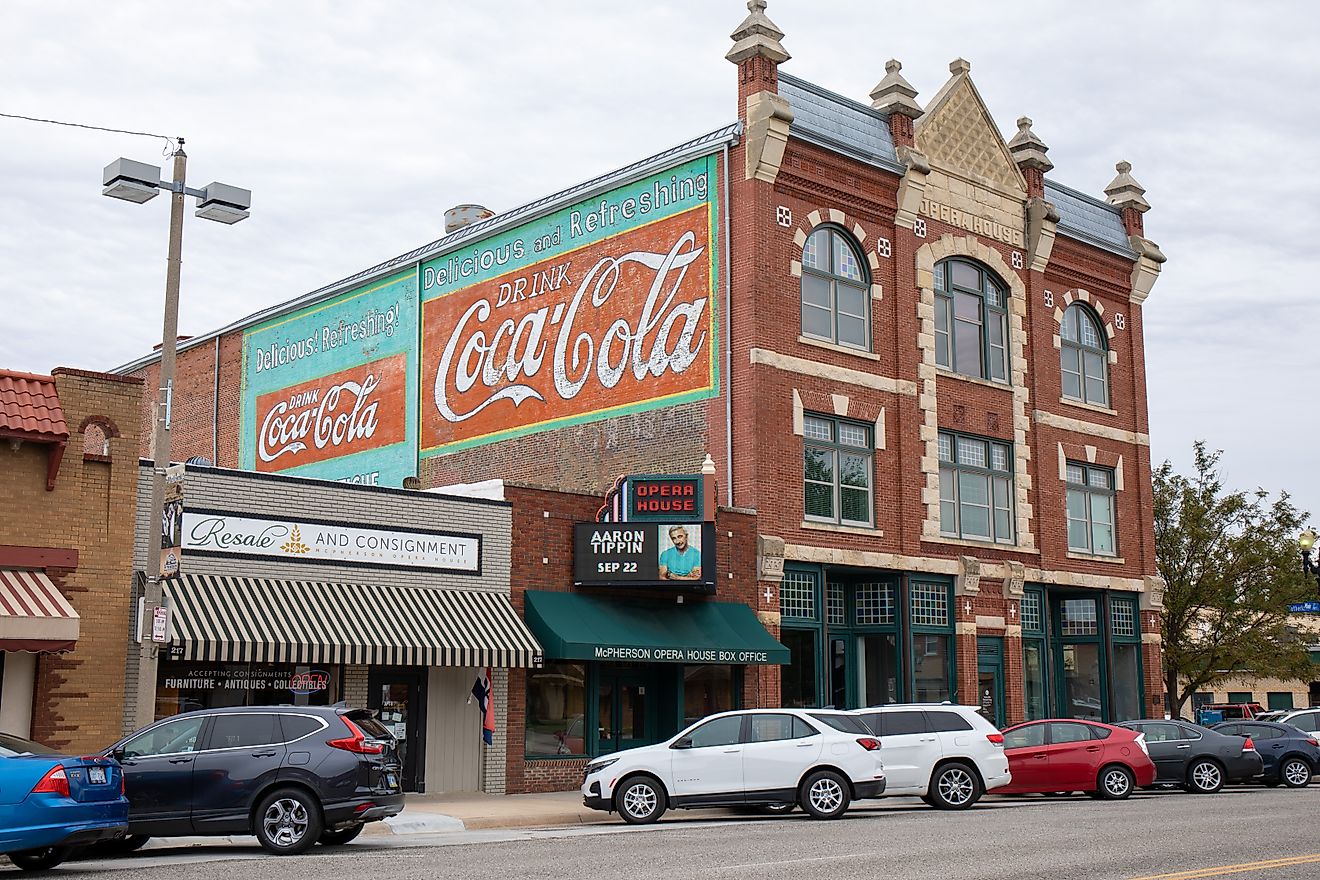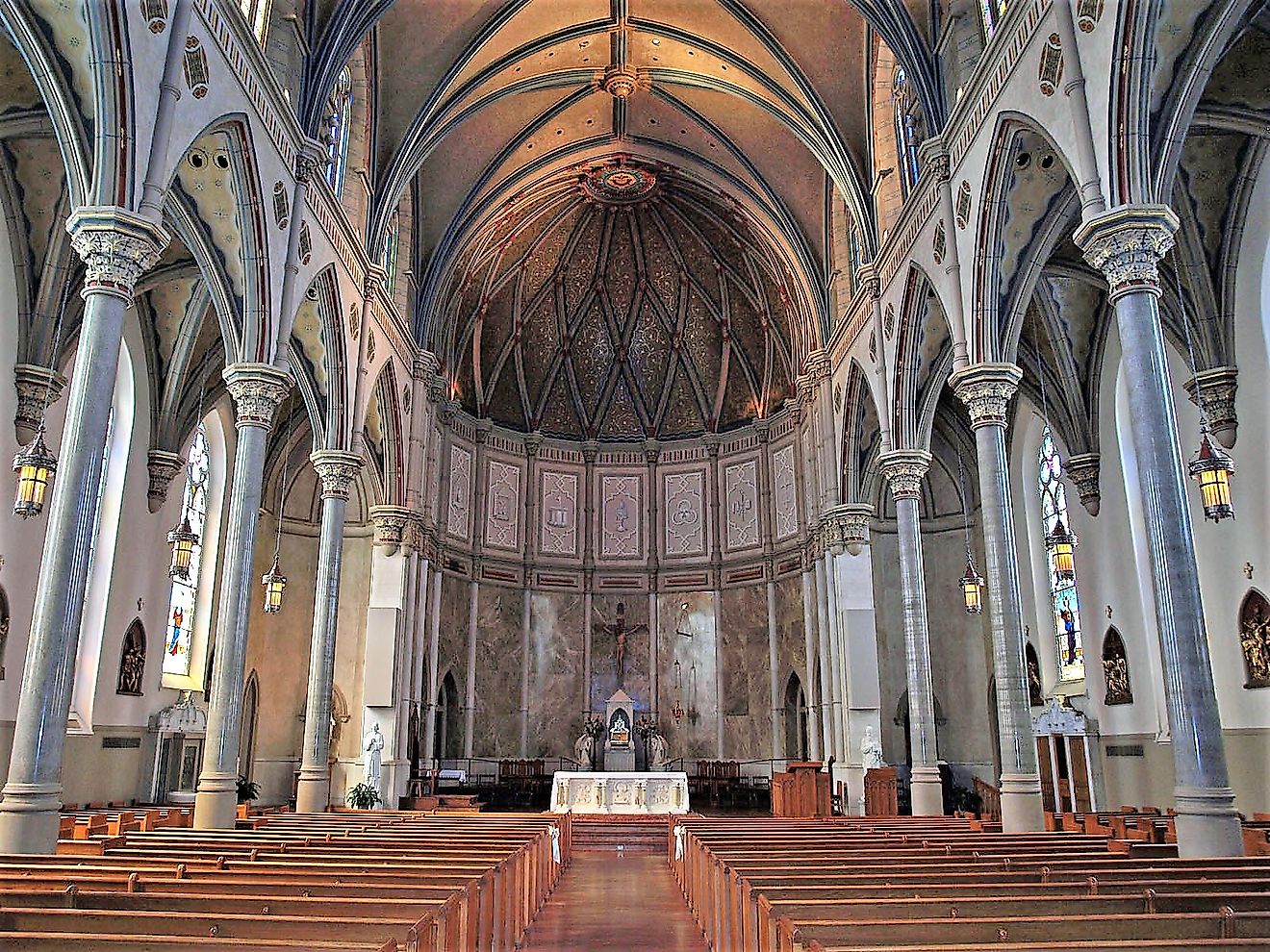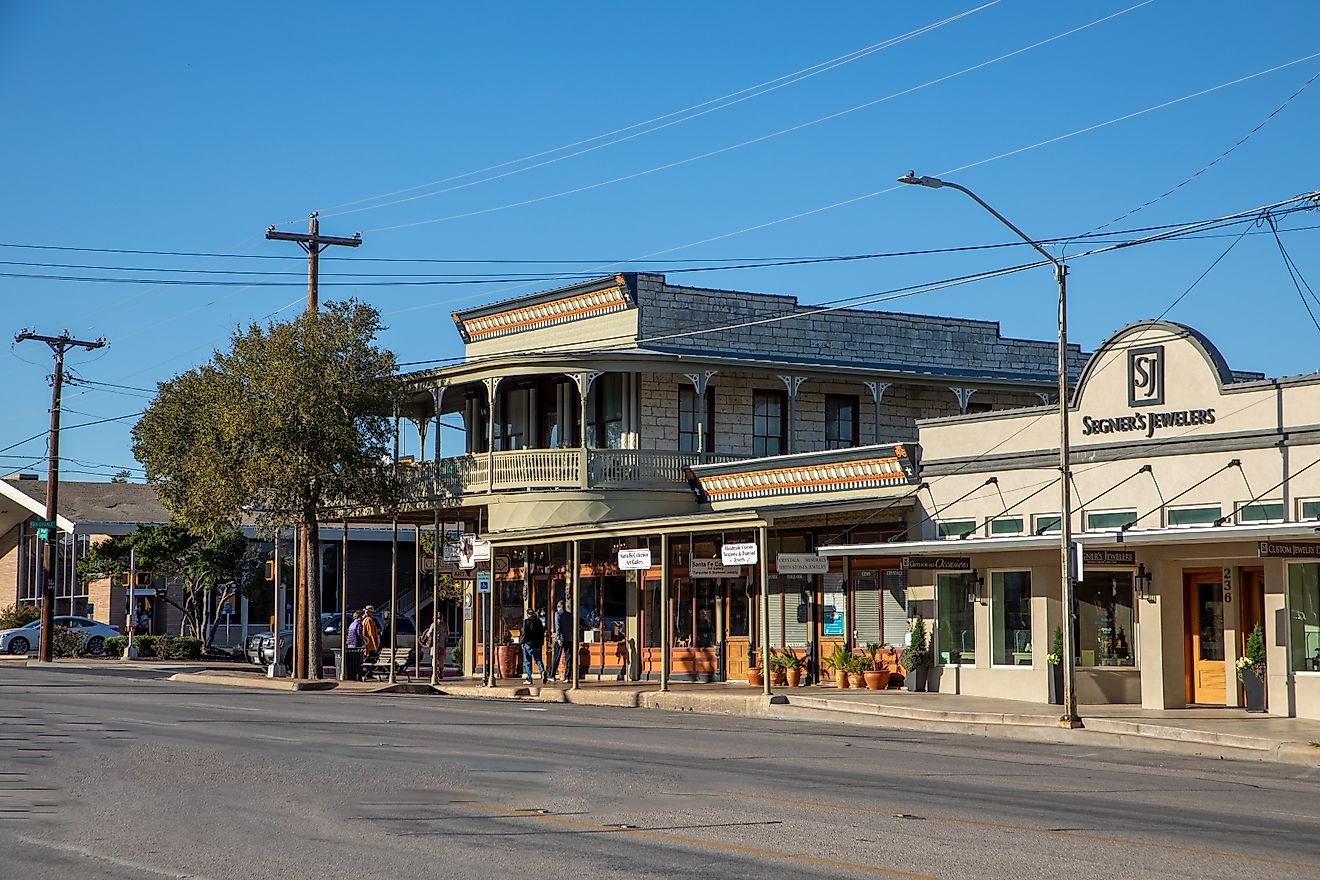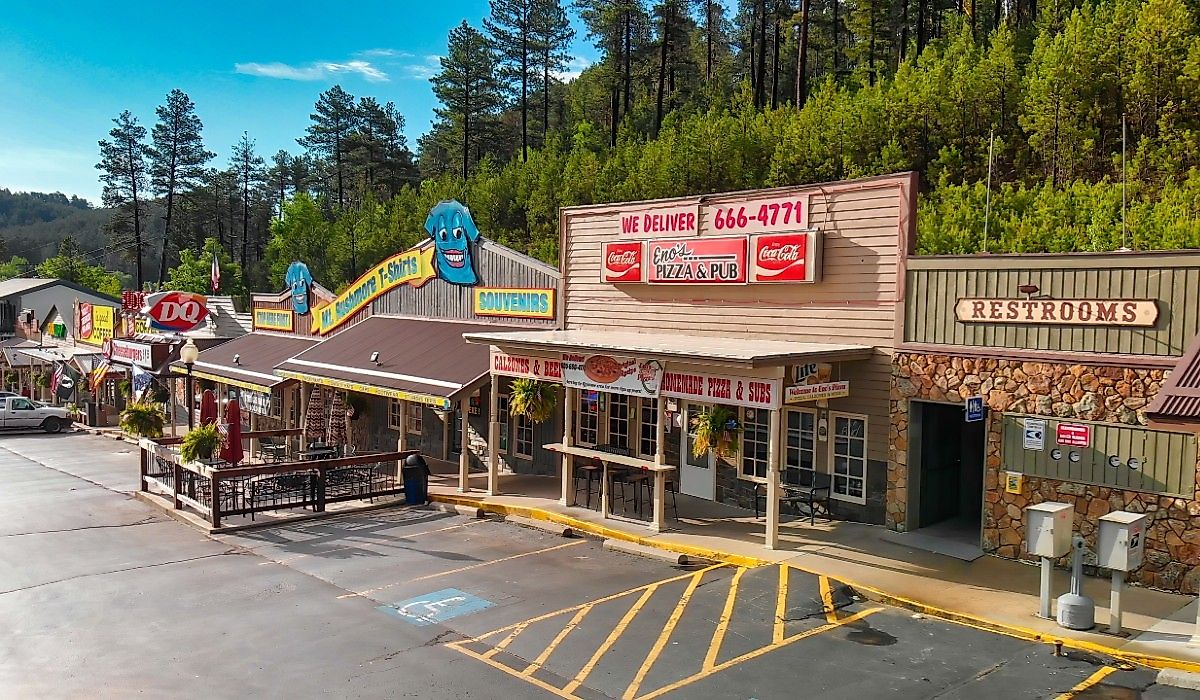
8 Best Small Towns In South Dakota For A Crowd-Free Summer
South Dakota, a famously beautiful stretch of the American Midwest, can draw crowds to its well-known destinations. Areas like Mount Rushmore or the popular Black Hills area can get congested, especially in the current, high-traffic summer tourist season. Larger places, like Sioux Falls or Rapid City, pack in urban highlights, as well as summertime levels of visitors. For a taste of true South Dakota that you might just have to yourself, smaller towns like the ones below offer warm-weather fun, natural beauty, and a slice of local history, too. Let these places inspire a trip to the Mount Rushmore State this summer, next summer, or even next weekend.
Aberdeen
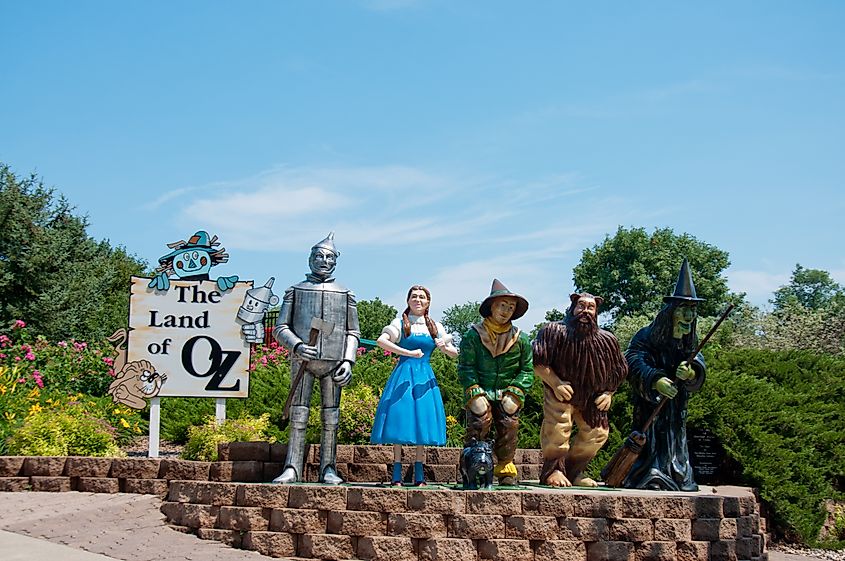
Tucked in the state's northeast, Aberdeen draws its name from the northeast Scottish city, the birthplace of a railroad executive who helped establish this place. Settled in 1882, Aberdeen is home to Northern State University, thus making it one of South Dakota's premier college towns, together with Brookings (below).
Cultural interests abound in Aberdeen, specifically those related to classic theater and movies. The Aberdeen Community Theatre has run here since 1979. The town is proud to say that L. Frank Baum, the author of the book that became the movie The Wizard of Oz, once called this place home. Oz magic can be found at Storybook Land, an amusement park in town, which has a series of rides called the Land of Oz Rides. For nature lovers, Aberdeen's green spaces include the Richmond Lake Recreation Area and Kuhnert Arboretum, each one a refreshing break from Oz-focused attractions in Aberdeen's town center.
Belle Fourche
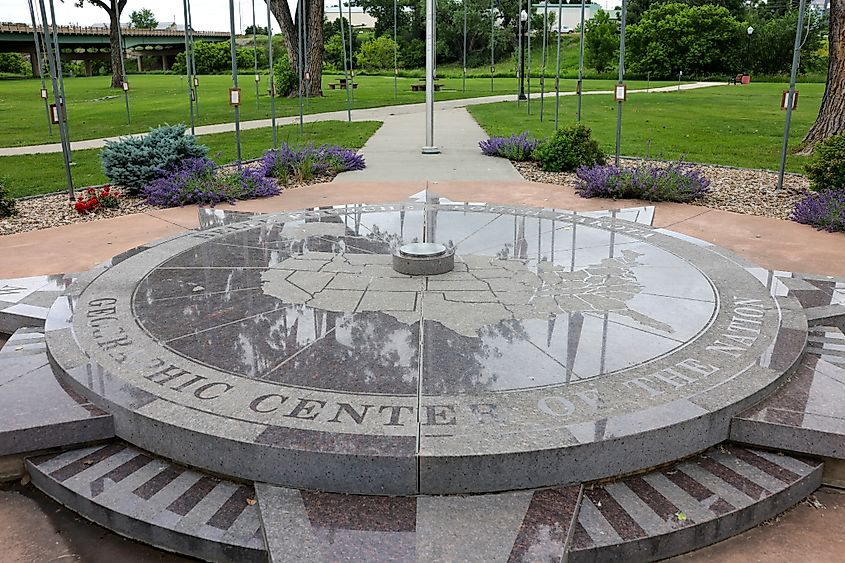
In the Black Hills region of western South Dakota, the modest town of Belle Fourche has plenty for visitors wanting to be in the center of it all. The town takes that idea literally: Belle Fourche calls itself the exact middle of the country, and has a marker, called the Geographic Center of the Nation Monument, to underscore the point. The site repeats its point at the Center of the Nation Visitor Center, and also offers the Tri-State Museum, which honors regional history. Travelers can visit the site and debate whether Belle Fourche — or Rugby, a town in neighboring North Dakota, which makes the same claim — can rightly be called the center of America, the North American continent, or both.
Brookings
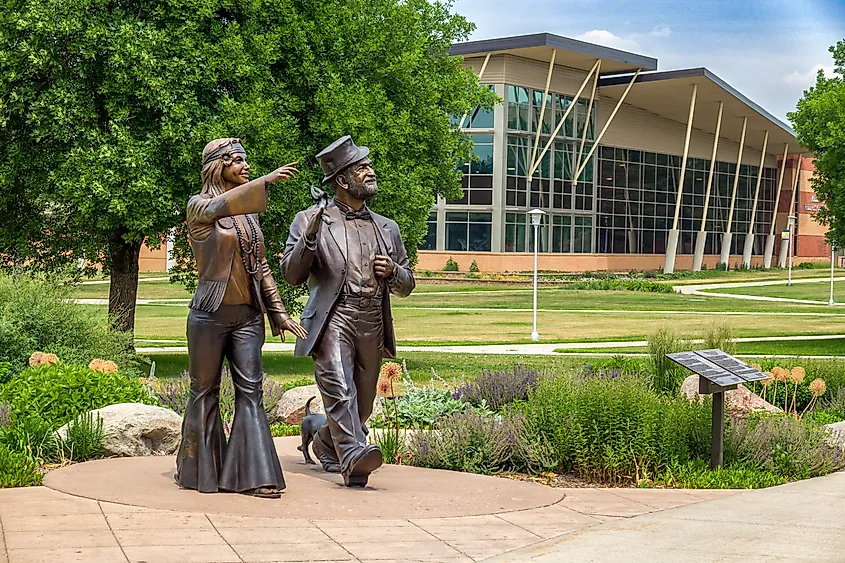
In east-central Brookings, the activities of South Dakota State University (SDSU) give this place a classic college-town feel. Settled in 1883, Brookings takes its name from the South Dakota judge and pioneer Wilmot Brookings, a hero of state history. Since the town's establishment, it has drawn diverse groups of newcomers and immigrants, particularly Germans and Norwegians. Brookings' Institute of Lutheran Theology underscores its Scandinavian heritage, as it is a training site for adherents of Lutheranism, a type of Protestant Christianity typical of Nordic Europe.
Brookings' varied museums show off the town's industrial and artistic legacies. The South Dakota Art Museum and South Dakota Agricultural Heritage Museum illustrate local and regional history, especially the farm-focused economy here. If visiting in fair weather, the McCrory Gardens and the South Dakota Arboretum, stretching across 70 acres within the campus of SDSU, are a popular place for a stroll.
Keystone
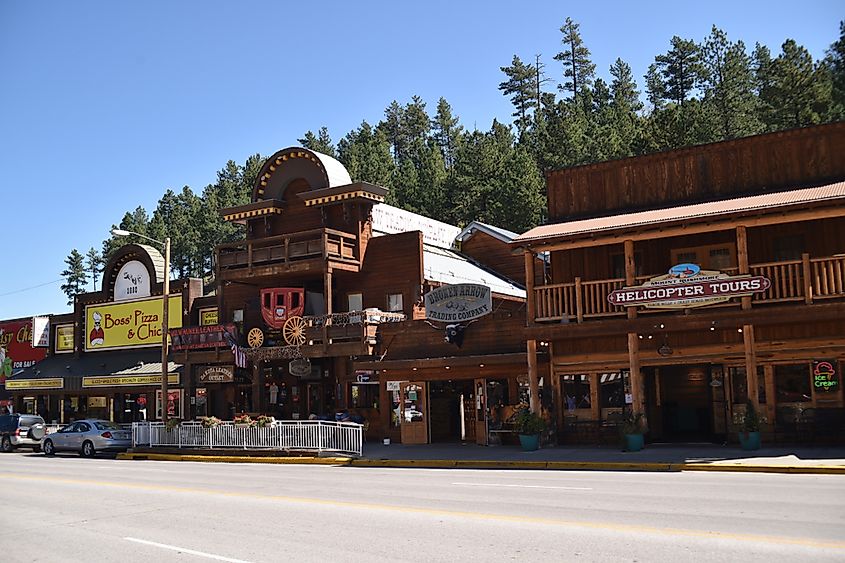
Keystone is a short drive to or from Mount Rushmore, making it a convenient, less-visited destination for summer visitors and road-trippers. The Keystone Historical Museum, built in 1899, displays old-timey mining tools, collections of rocks and minerals, and other local artifacts related to the place's mineral-harvesting past. Other, often unusual draws include Dahl's Chainsaw Art, featuring works etched from local pine by local sculptors (and brothers): Jordan and Jarrett Dahl.
For more all-ages fun in line with Keystone's mining past, check out Holy Terror Mini Golf, whose name matches the town's last functioning gold mine. The putt-putt course has a host of mine-themed obstacles, like a mine sluice, a water wheel, and other hazards, for a mini-golf experience found nowhere else.
Huron

In northeast South Dakota, within the Glacial Lakes and Prairies region, Huron is a center of interest for outdoorsmen, especially bird-hunting fans. Huron's pheasant population is a famous local attraction, drawing shooting fans in warmer weather. The town even boasts a fibreglass, 28-foot-tall pheasant statue weighing 22 tons and standing tall in the heart of town. For more local creativity and a pleasant walk in good weather, the Murals on the Town are another popular draw.
Come to Huron over Labor Day weekend, when the South Dakota State Fair sets up here. The multi-day celebration features live music, livestock parades, and carnival rides. And did you know? Huron is the birthplace of Gladys Pyle, the first-ever South Dakotan woman to serve in the U.S. Senate. Pyle started her Senate term way back in 1938. Never married, she died here in 1989; her house is now a Huron museum.
Mitchell
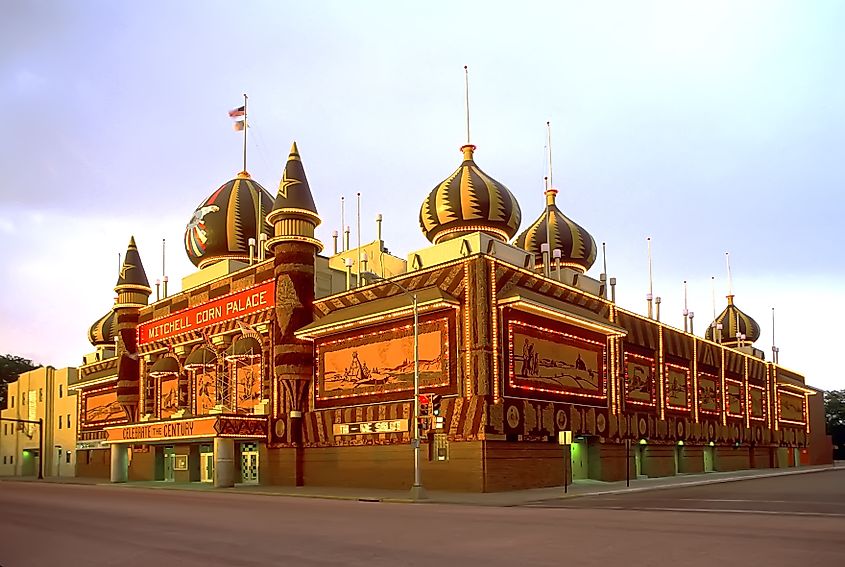
The southeast town of Mitchell lies in South Dakota's James River Valley. Most know Mitchell for its famous Corn Palace, built in 1892. A shrine to the region's agricultural strength, the building's facade has symbols of natural grains. The Corn Palace serves as a convention center for events of all kinds and hosts the Corn Palace Festival every summer. With amusement rides, food, and a produce competition, the event resembles a miniature state fair. North of town, Lake Mitchell offers water for a swim or boat ride, not to mention grounds for a picnic.
Other draws in Mitchell include the Dakota Discovery Museum, which illuminates the history of the Western prairie and its diverse peoples. The site focuses on the years 1600 through 1939 — in other words, the end of the Great Depression and the outbreak of World War II.
Spearfish
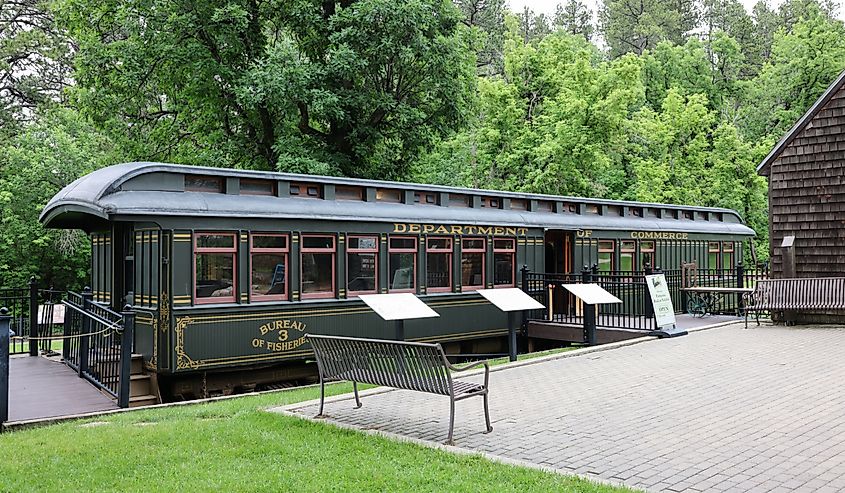
Spearfish, in South Dakota's Black Hills, combines rugged beauty with dramatic local history. The town's buildings connect the past with the present, like the historic Matthews Opera House, which has been open since 1906 and has an active schedule of shows. Classic car fans should plan a trip here during the Black Hills Corvette Classic, held each summer. The town also hosts the Dakota Spirit Marathon, with an associated half-marathon event, usually in August.
Spearfish offers visitors a rich cultural moment at the High Plains Western Heritage Center, which explains the region's past as a hub of ranching, among other types of agricultural labor. Nature enthusiasts will enjoy the Black Hills National Forest, south of downtown Spearfish.
Watertown
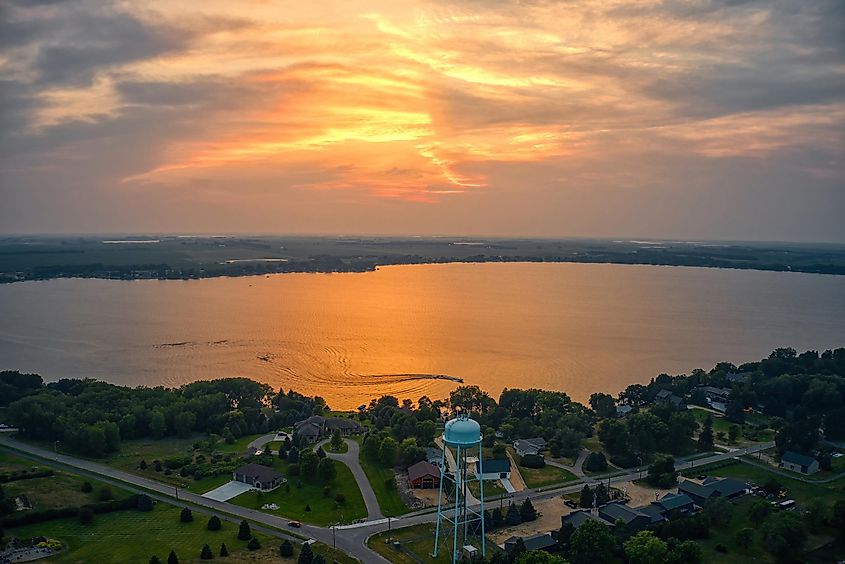
Even its name sounds refreshing. Set in South Dakota's northeast, Watertown offers a twin set of lakes close to its urban core. Pelican Lake and Lake Kampeska, both east of town, provide ample opportunity to swim, fish, or just relax along the water. Lake Kampeska forms one end of Lake Traverse Reservation, which is home to one part of the Santee Dakota Native American tribe. The Big Sioux River makes its way through central Watertown.
Cultural options in Watertown are many. The Redlin Art Center, with more than 150 oil paintings, also has a 30-acre Conservation Park to explore. And if parents need to let their kids blow off some steam, the Bramble Park Zoo has over 100 animal species. It is a guaranteed good time and an educational outing for young ones and parents alike.
Lose The Crowds, Head to South Dakota's Small Towns
These small towns show how much awaits the visitor willing to look beyond South Dakota's larger, better-known places. While crowds gather at Mount Rushmore or in cities like Sioux Falls, crowd-free days await statewide. Classic-movie buffs enjoy Aberdeen, while Belle Fourche promises bragging rights to tourists who want to see the exact middle of the nation. Brookings and Keystone offer quiet moments in nature, whether in manicured gardens or the more rugged outdoors of pheasant country. Spearfish and Watertown both combine nature with a touch of culture, or vice versa. Whatever a traveler's interests, they are likely to satisfy them, without the waves of summer tourists that sometimes crowd other places.
